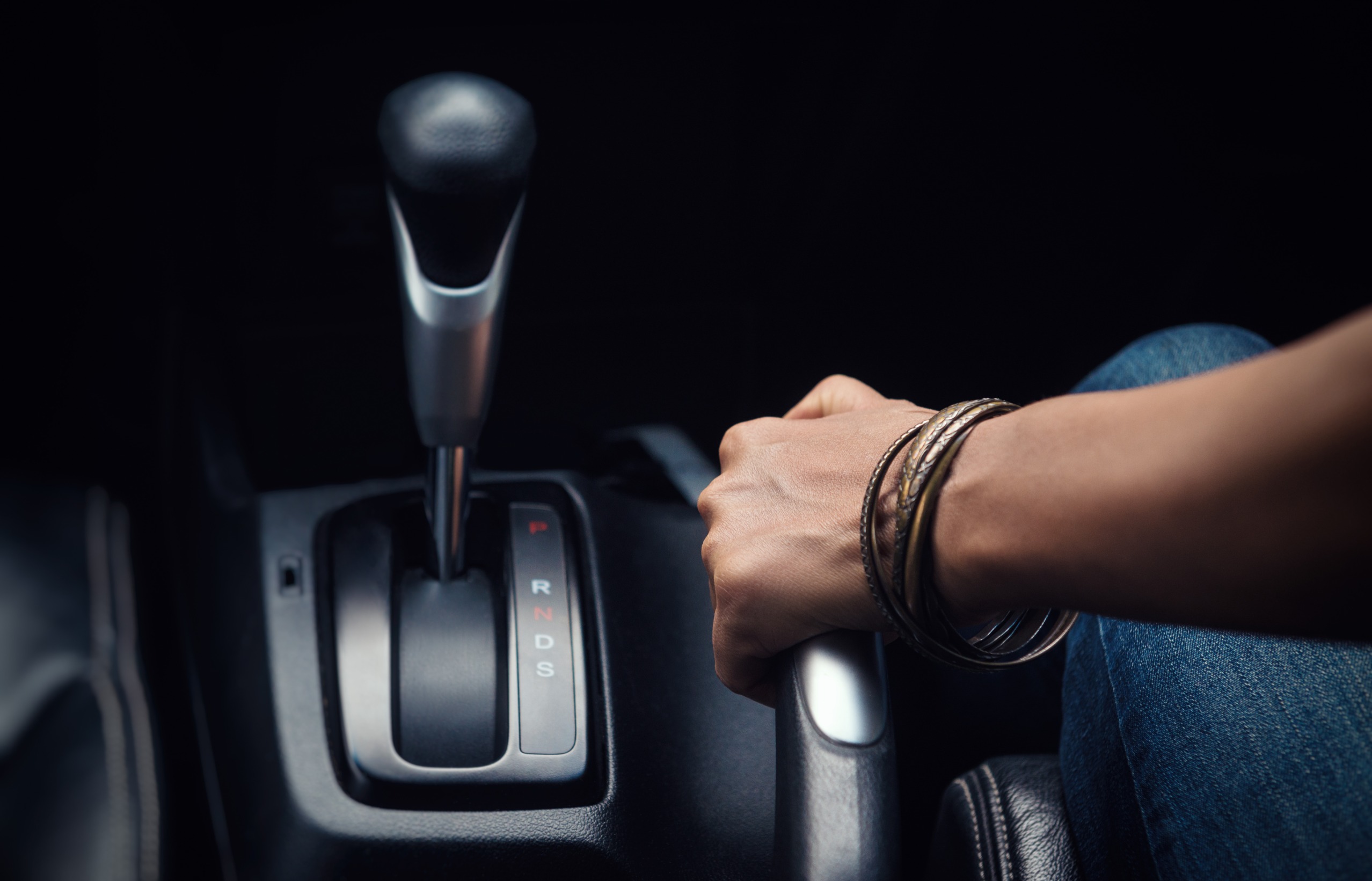Don’t let a frozen parking brake ruin your day. Learn the most common causes and safe solutions for European vehicle owners.
Picture this: you’re rushing to an important appointment, hop in your BMW or Mercedes, and discover your parking brake is completely frozen in place. What should be a simple release becomes a frustrating ordeal that threatens to derail your entire day.
If you’ve experienced this maddening situation, you’re not alone. Stuck parking brakes are one of the most common – and preventable – issues we see at our European car repair shop. Understanding why your emergency brake gets stuck and how to address it safely can save you time, money, and considerable stress.
Cold Weather and Ice Formation
While Wilmington doesn’t see brutal winters, those occasional temperature drops below freezing can wreak havoc on your parking brake system. When moisture accumulates around brake components and temperatures plummet, ice forms around the cables, brake shoes, and adjustment mechanisms.
European vehicles, with their precision engineering, can be particularly susceptible to ice formation between components. BMW, Audi, and Mercedes models often have more complex parking brake systems that provide multiple points where ice can cause binding.
Safe Solution:
Start your engine and let it warm up for 10-15 minutes. The heat radiating from the engine bay can help melt ice formations. Gently rev the engine to accelerate warming, but avoid forcing the brake release until you feel some give in the mechanism.
Rust and Corrosion from Infrequent Use
This is perhaps the most common culprit we encounter, especially with European cars that aren’t daily drivers. Wilmington’s coastal humidity creates the perfect storm for rust development when parking brakes sit unused for extended periods.
The brake cables, particularly on older German vehicles, are prone to corrosion that causes them to bind within their housing. Brake shoes can also rust to drum surfaces, creating a mechanical bond that’s difficult to break. We’ve seen pristine Porsches and Audis with completely seized parking brake systems simply because owners rarely engaged them.
Safe Solution:
If caught early, you might free a mildly corroded brake by repeatedly engaging and releasing the parking brake handle while gently rocking the car back and forth. However, significant corrosion typically requires professional intervention to avoid cable damage.
Extended Engagement Period
Left your car parked for a vacation or business trip with the parking brake engaged? This seemingly responsible choice can backfire spectacularly. Extended engagement allows brake shoes to essentially “weld” themselves to drum surfaces through a combination of pressure, moisture, and time.
European vehicles with electronic parking brakes (common in newer BMW and Mercedes models) can be particularly problematic when left engaged for weeks. These systems maintain constant pressure that can lead to brake pad bonding with rotors.
Safe Solution:
First, try the warming technique mentioned above. If that fails, attempt gentle forward and reverse movements while gradually releasing brake pressure. Never force the release – you risk damaging expensive brake components or cables.
Excessive Force During Application
We’ve all been there – parking on a steep hill and yanking that parking brake handle with enough force to lift the car. Unfortunately, European vehicles often have sensitive brake adjustment mechanisms that don’t respond well to brute force.
Excessive force can cause brake shoes to jam against drum walls, stretch cables beyond their normal operating range, or damage the ratcheting mechanism that holds the brake in position. Luxury European cars with their refined systems are particularly vulnerable to damage from rough handling.
Safe Solution:
Unfortunately, there’s rarely an easy DIY fix for force-related damage. Attempting to free a jammed system often causes additional damage to already stressed components. Professional diagnosis is usually the safest approach.
Cable Stretching and Adjustment Issues
European vehicles are engineered with precise tolerances, and parking brake cables are no exception. Over time, normal use causes cables to stretch slightly, requiring periodic adjustment to maintain proper operation. When cables become too loose or tight, they can bind in their housing or fail to fully disengage.
BMW and Mercedes vehicles, in particular, have complex cable routing that can develop binding points as cables stretch and settle into new positions. Add in normal wear on adjustment mechanisms, and you have a recipe for stuck brakes.
Safe Solution:
Cable adjustment is typically beyond DIY capability, especially on European vehicles with complex routing.
Prevention is Your Best Defense
The most effective strategy is to prevent stuck parking brakes altogether. Use your parking brake regularly – at least once a day – to prevent rust and keep components moving freely. Avoid extended engagement periods, and never apply excessive force during operation.
Store your vehicle in a garage when possible to minimize moisture exposure, and keep up with regular maintenance schedules that include parking brake inspection and lubrication.
When to Call the Professionals
If basic warming and gentle manipulation don’t free your stuck parking brake within 20-30 minutes, it’s time to call for professional help. Continuing to force the issue can transform a simple cable lubrication into expensive brake component replacement.
At Performance Auto Specialists, we understand the unique requirements of European vehicle brake systems. Our experienced technicians can safely diagnose and repair stuck parking brake issues, often saving you from costly component replacement through proper technique and specialized knowledge.
Don’t let a stuck parking brake ruin your day – or your budget.

